Purpose of current transformer
Relays need to know the current magnitude – either for metering or to implement protection schemes. A current transformer (CT) fulfills this role, stepping down hundreds or sometimes thousands of amps to (typically) 5A which is then fed to a relay.
A typical location for CT installation is on the breaker bushing or transformer bushing. These are donut CT’s and use the magnetic field generated by the current (flowing through the bushing) to induce a current in its winding.
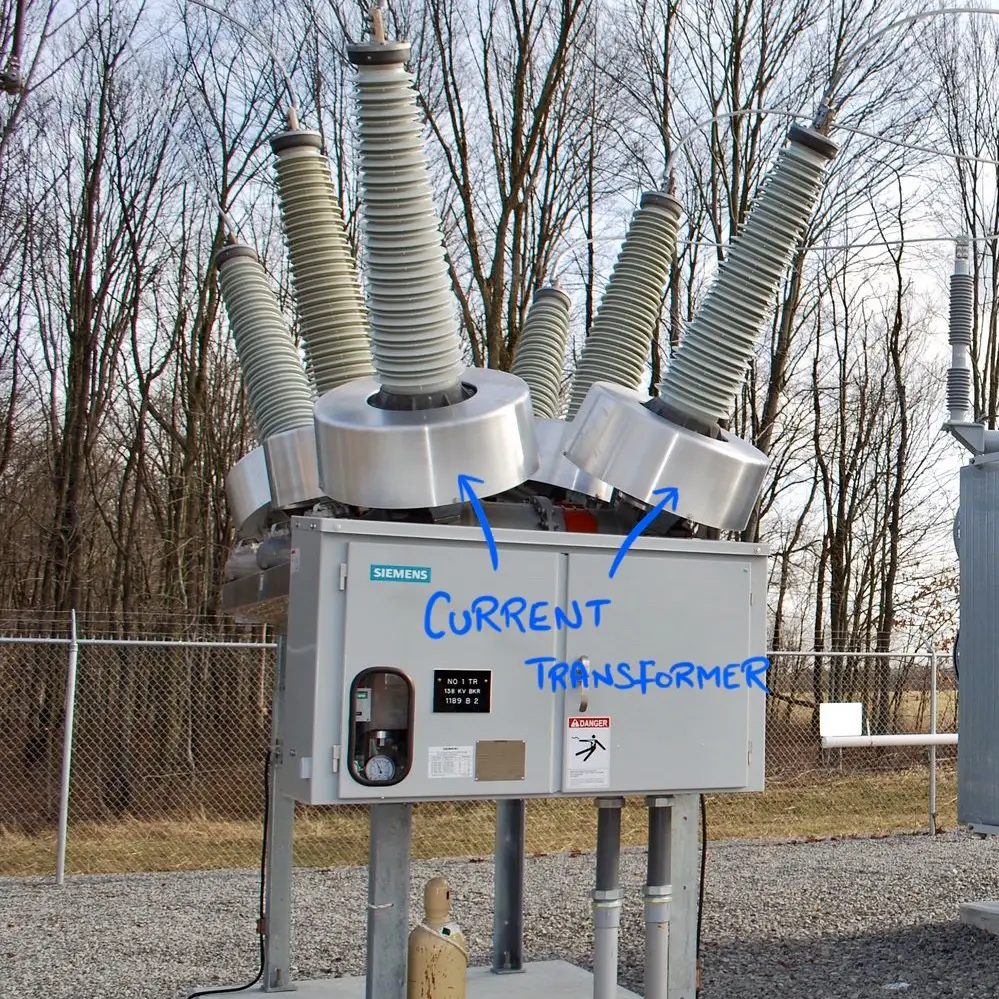
At extra-high-voltage, the circuit breakers are designed as live-tank breakers. Due to the weight and size of CT’s, they cannot be mounted directly on the interrupter housing. External stand-alone CT’s are employed.
For utilities, it is essential to know how much power is imported or exported at its service boundary. A CT, along with a PT, is installed right where the transmission line enters the substation, a demarcation point of ownership.
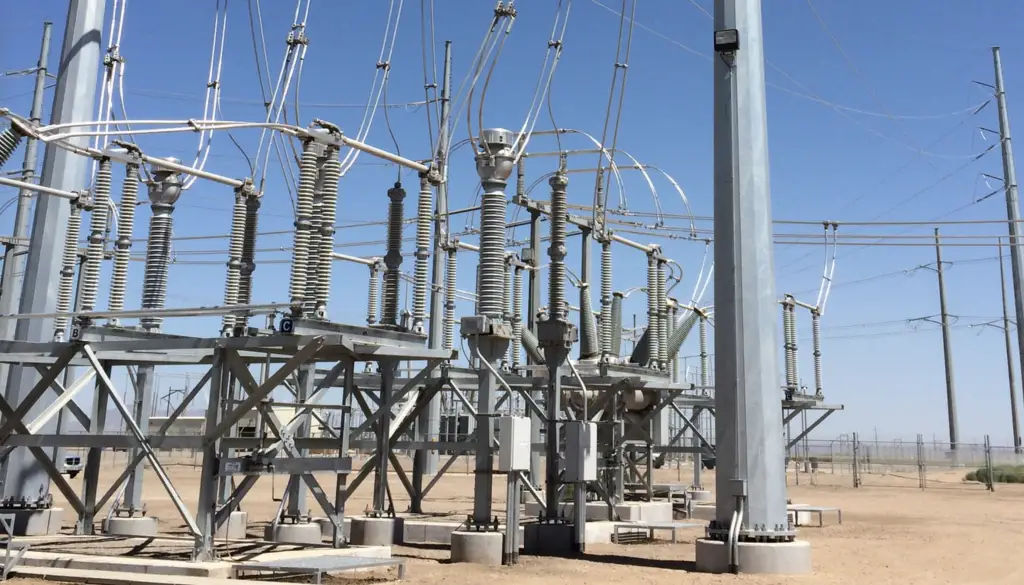
The image below shows a CT mounted on a piece of medium-voltage bus.
Thus far, you’ve seen stand-alone and donut CTs. Take a look at the bar-type CT and Rogowski coil.
From protection and control stand-point, CT’s establish a zone of protection in the power system. A
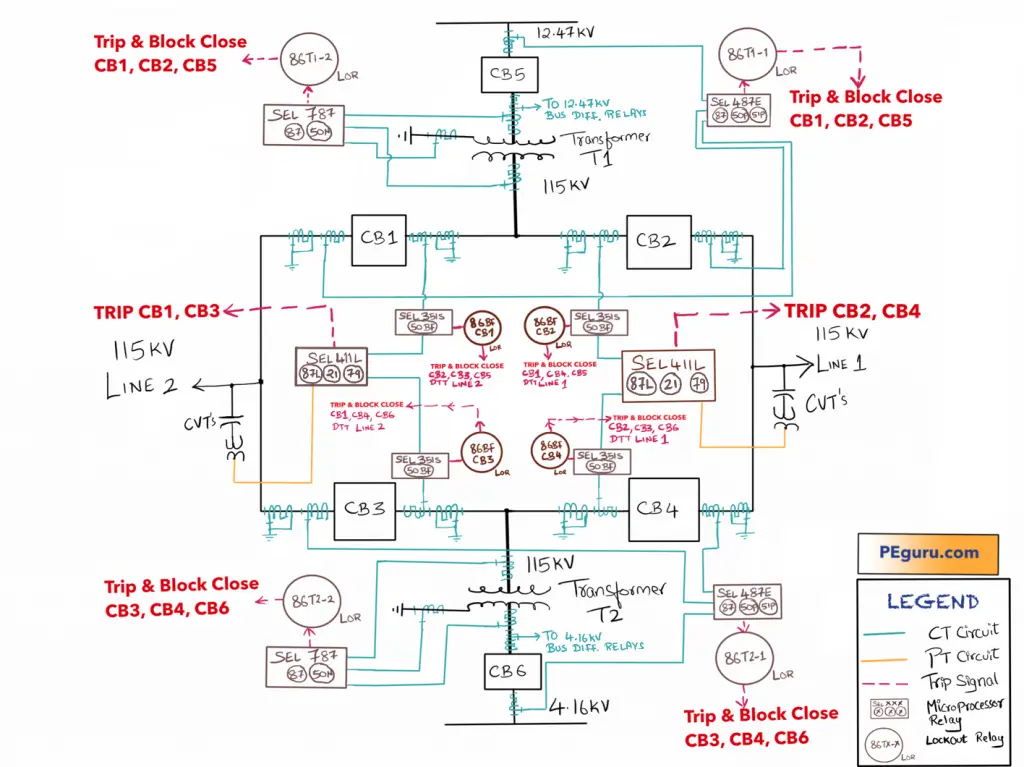
Cost of current transformer
- 138kV wound stand-alone CT: ~$15,000 /phase
- 345kV 3000:5A MR C800 accuracy CT: ~$30,000 /phase
Lead time to procure current transformer
Extra high voltage stand-alone unit: ~1 year
Information on cost and lead time is for your general knowledge only. Contact vendor with your equipment specifications for actual figures.


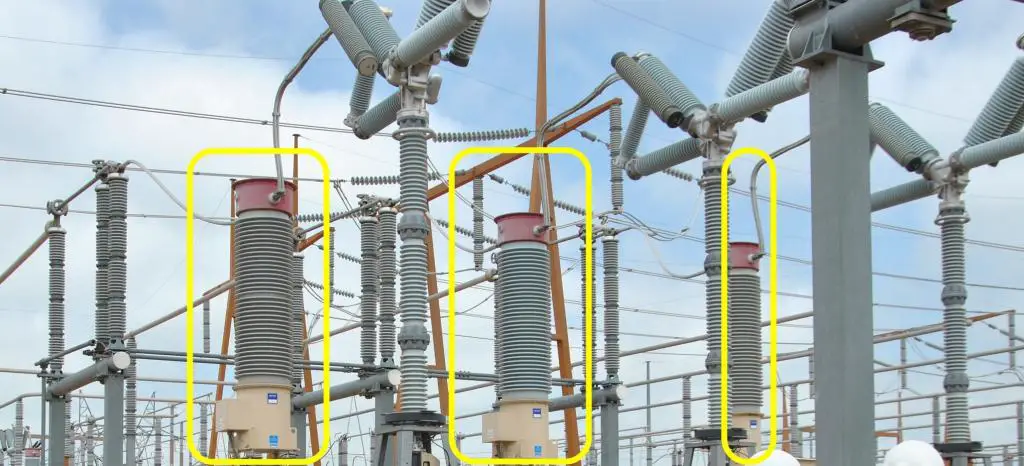
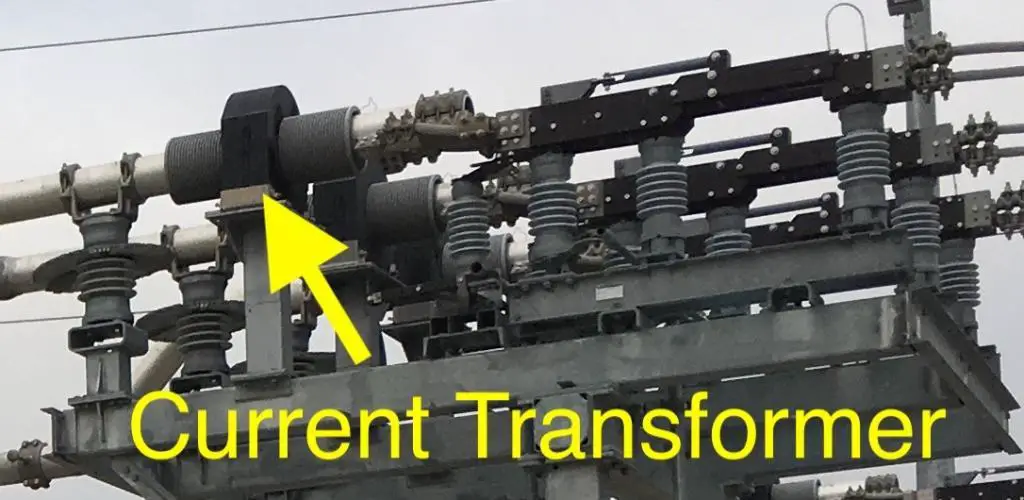

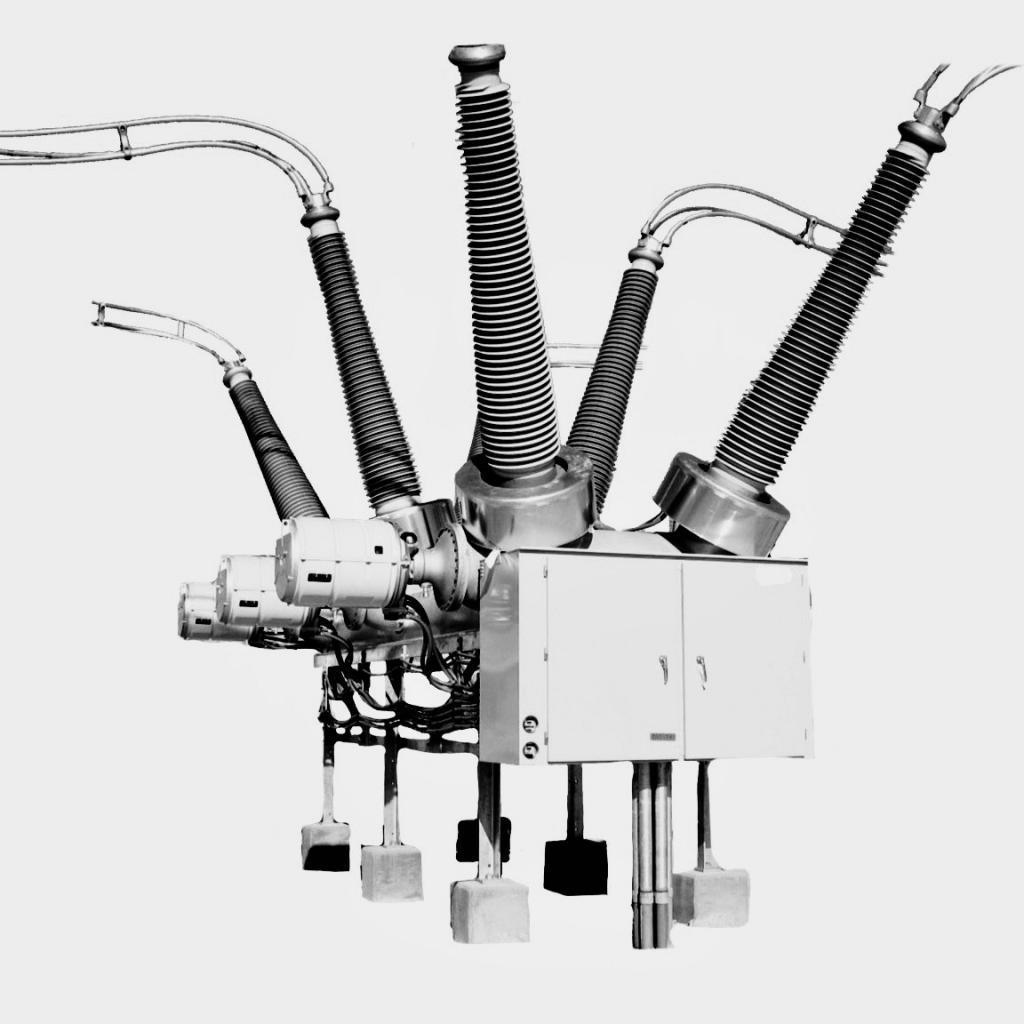
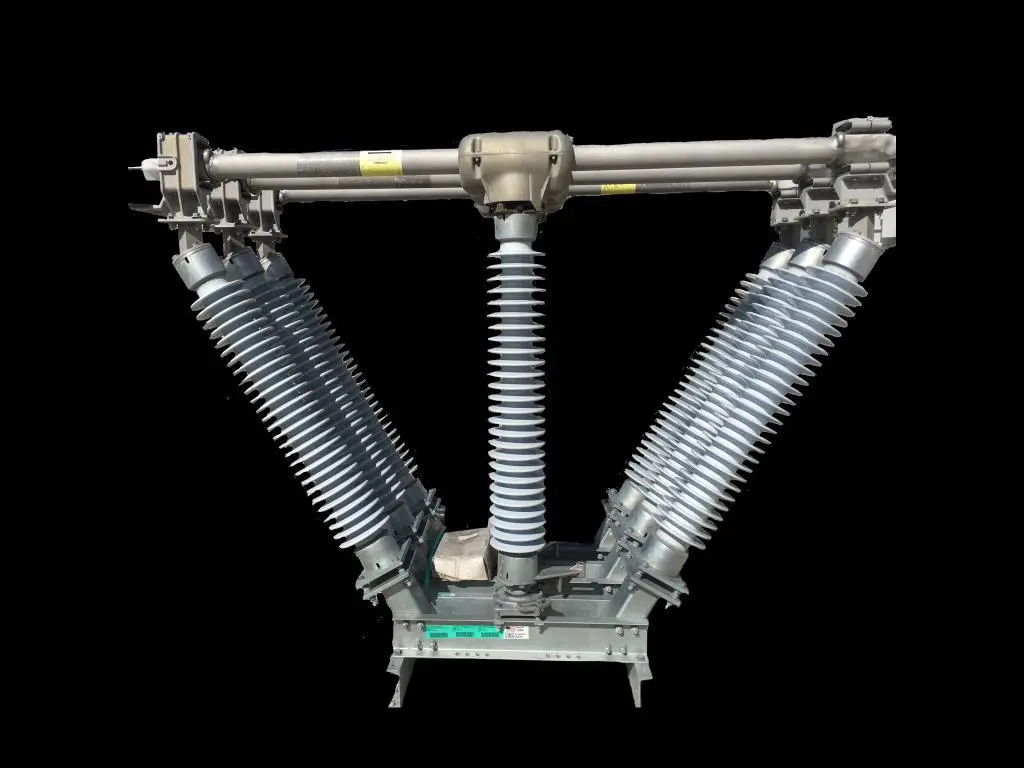
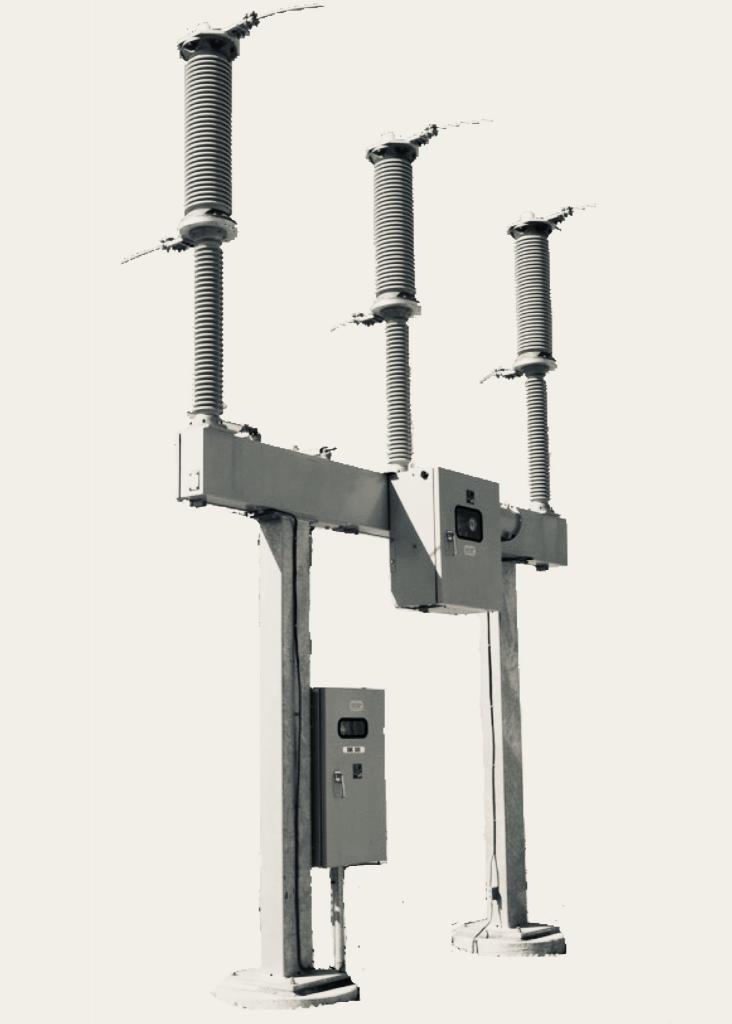
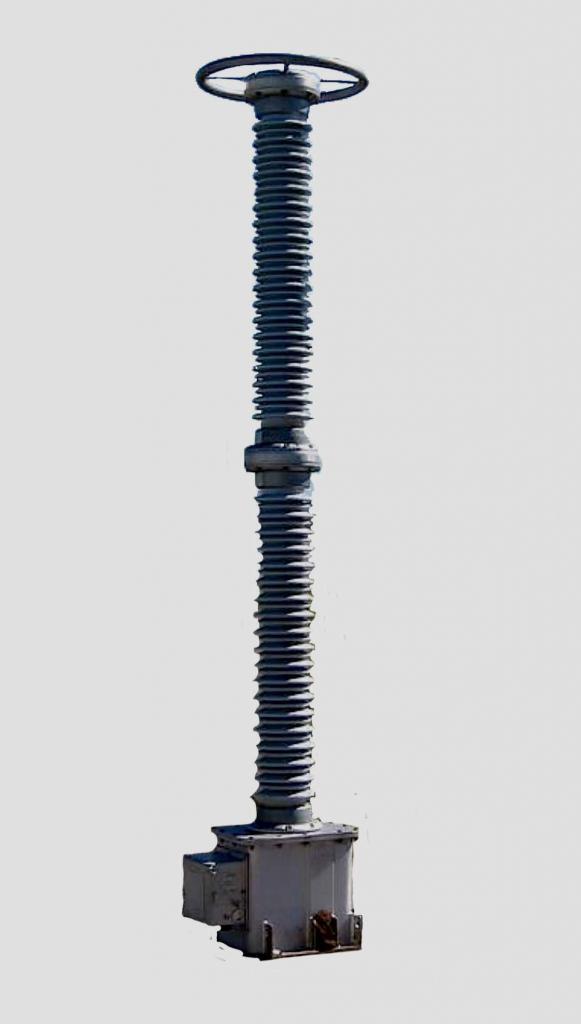
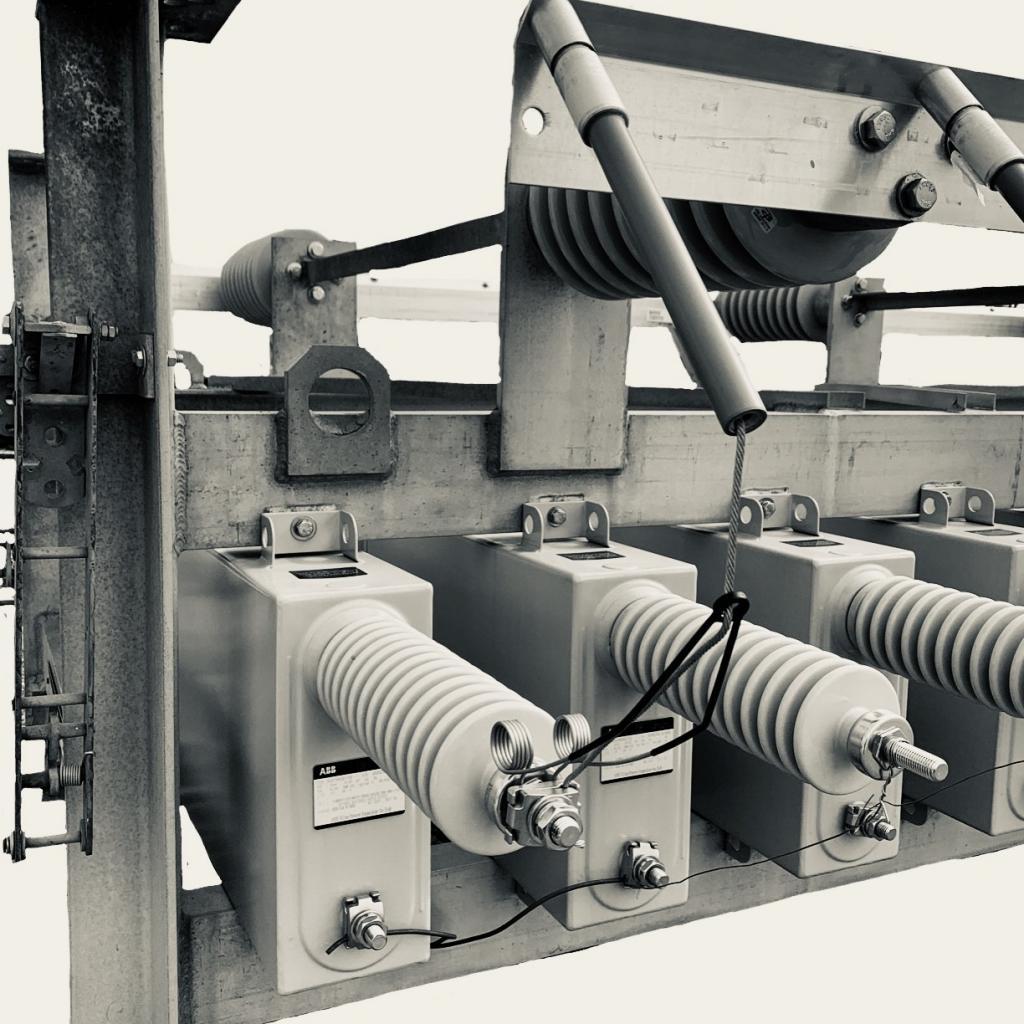
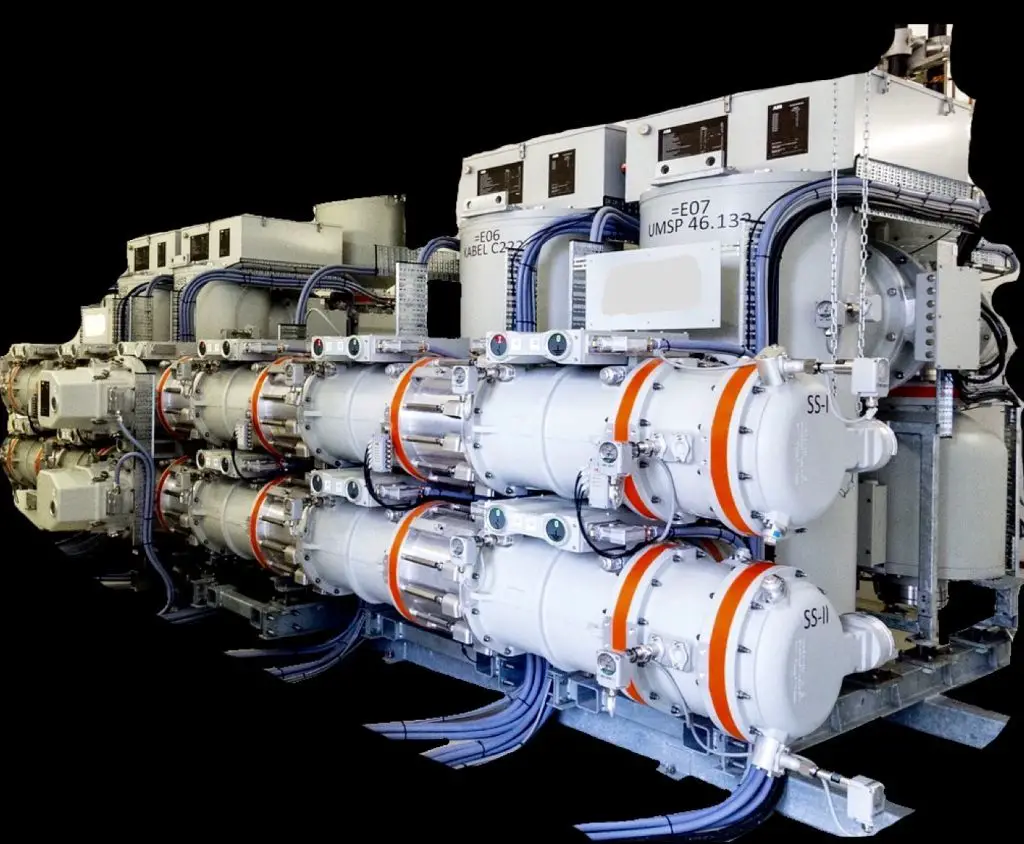
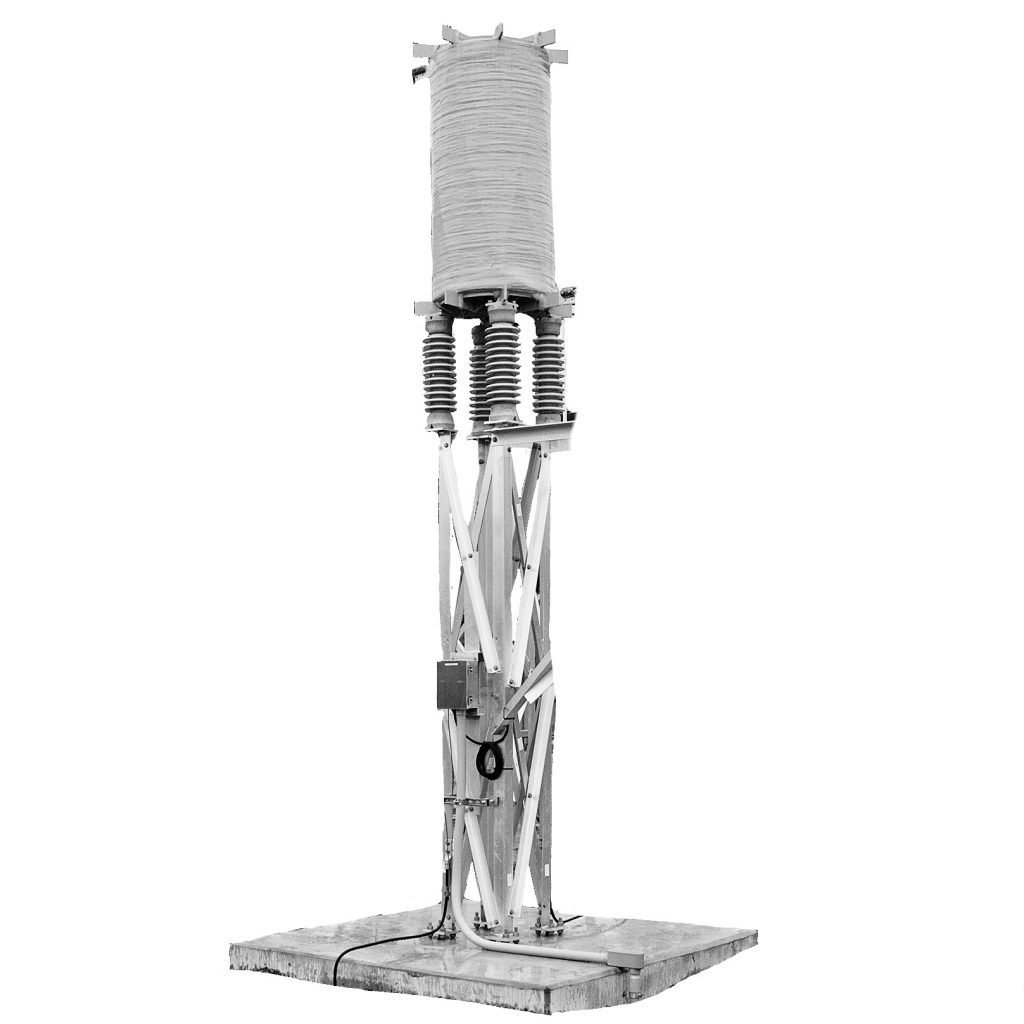
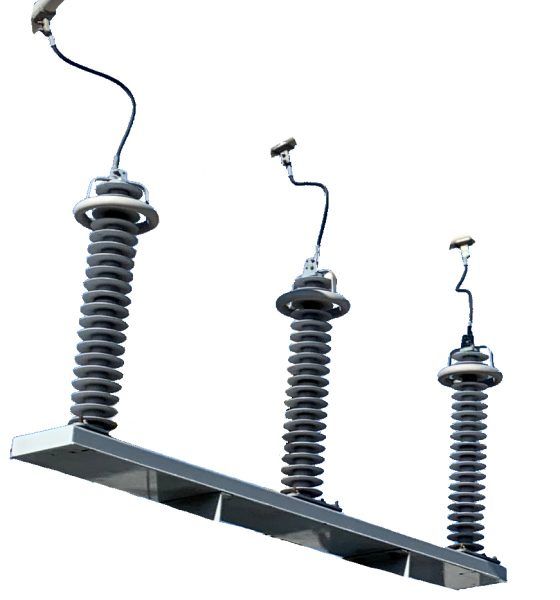

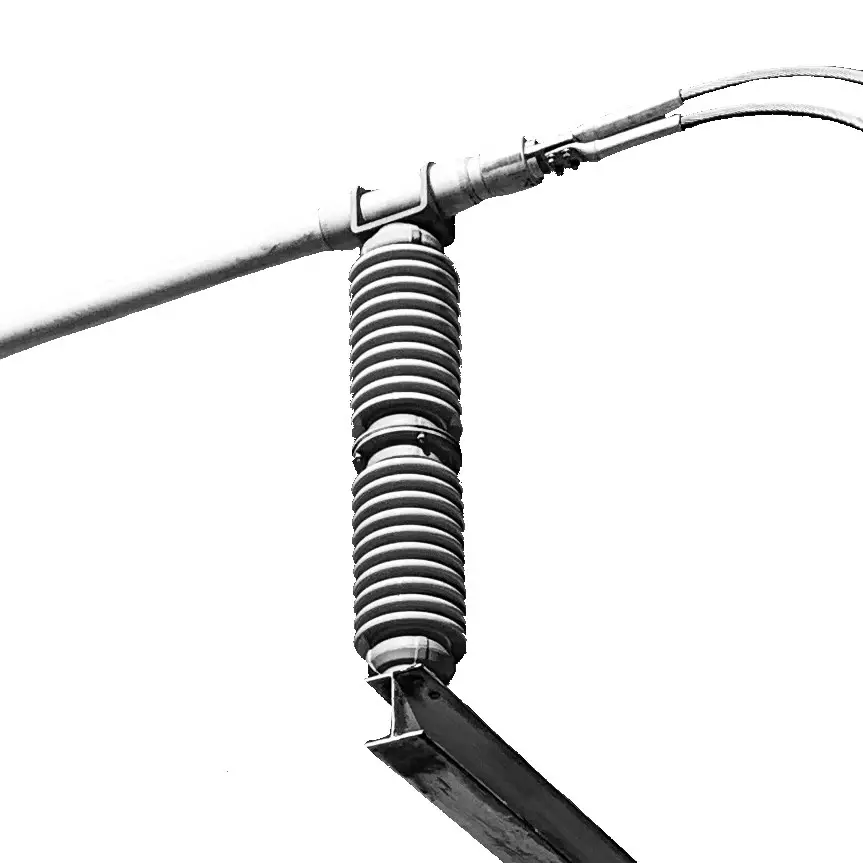
Good morning,What criteria must be taken into account to select CT in HV capacitor banks,especially neutral CT considering the transients